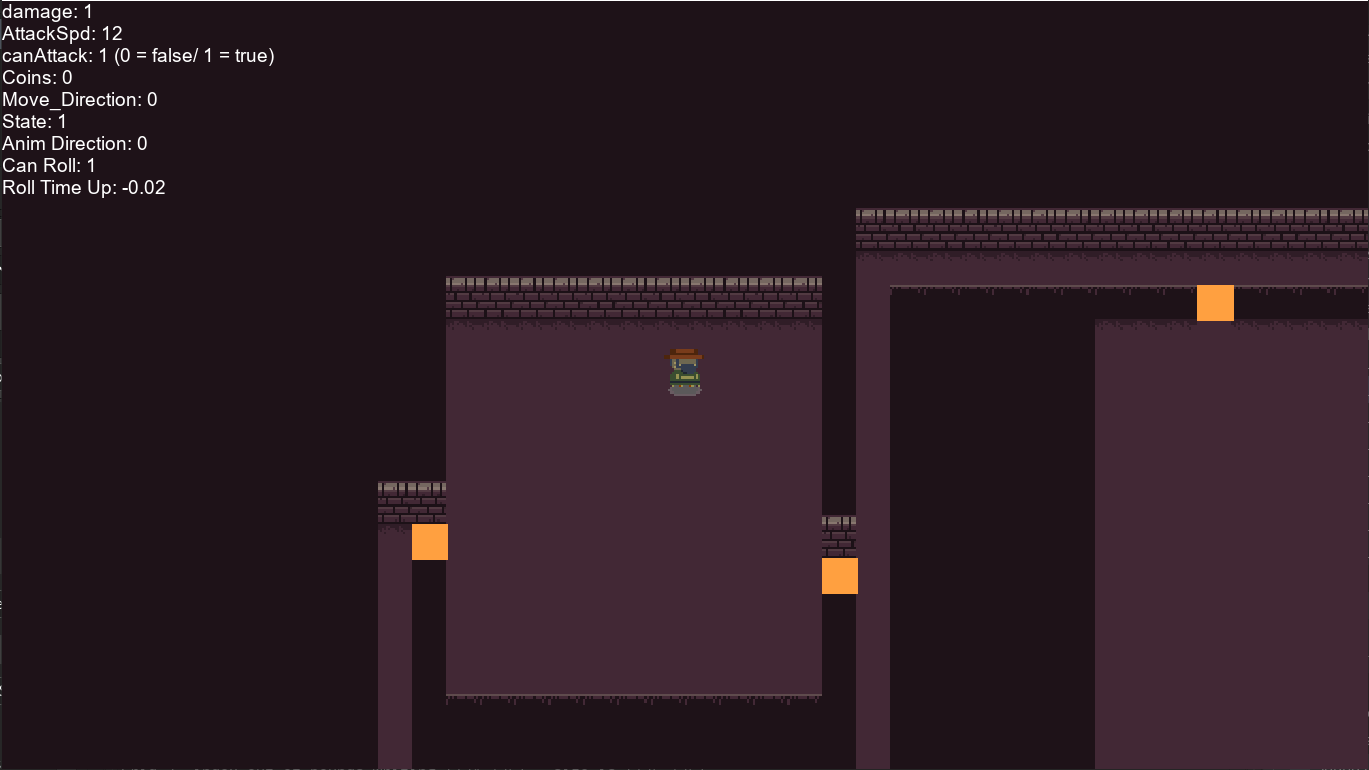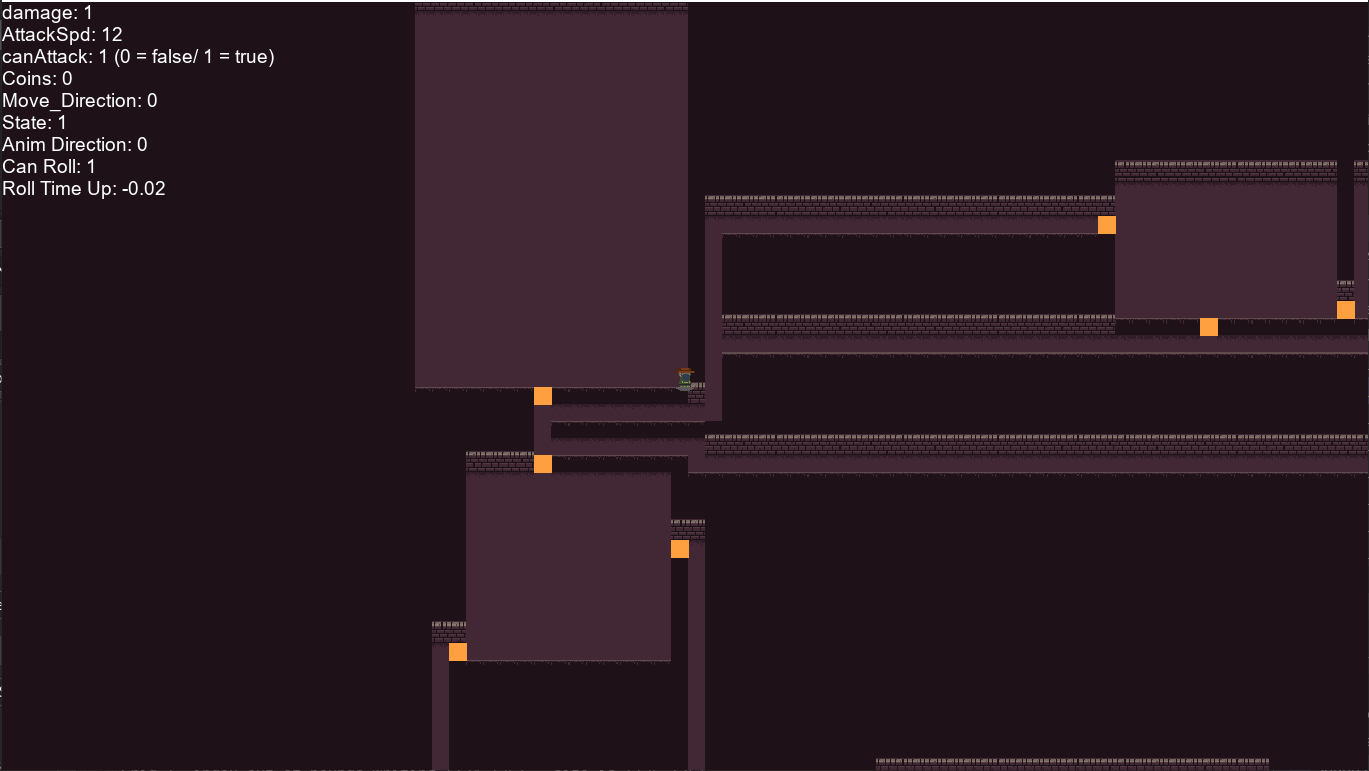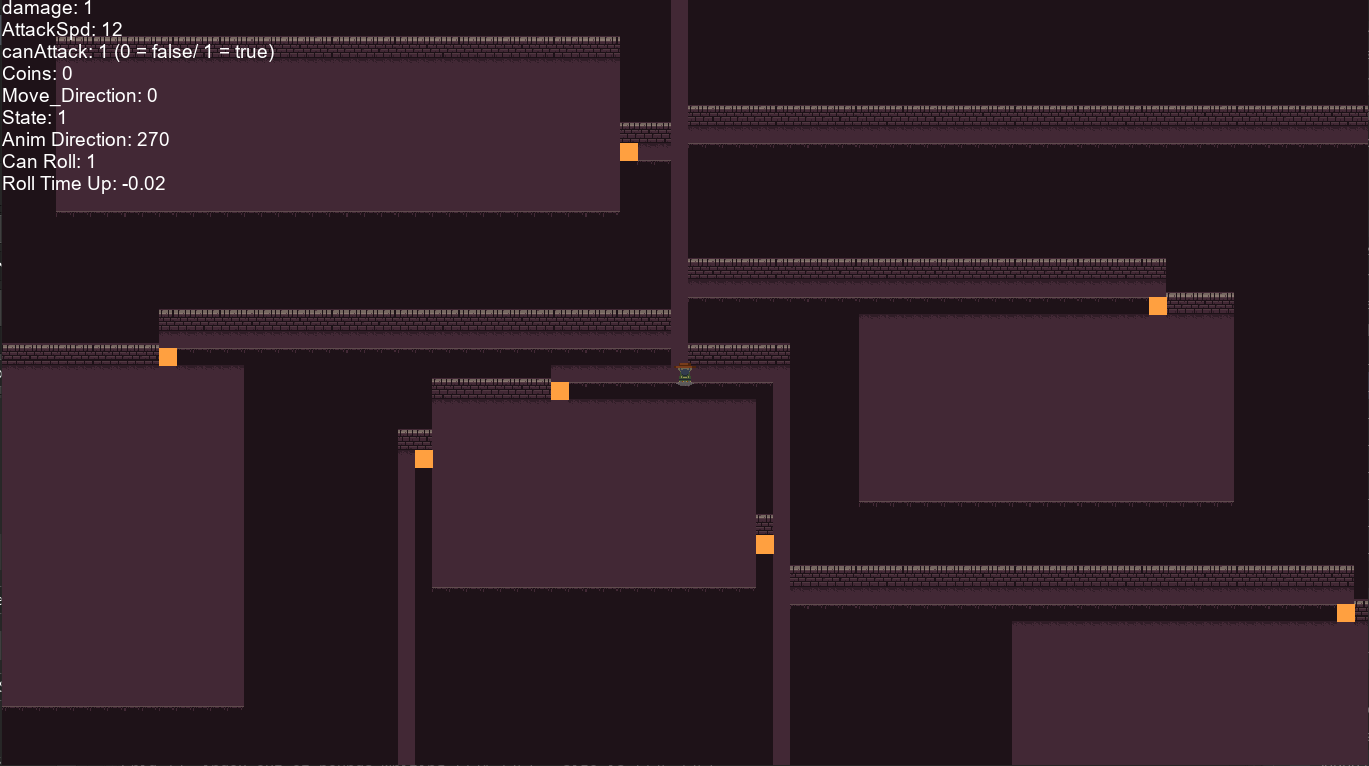
Room Display
Once the rooms are generated and interconnected, Dungeon Generator displays the completed dungeon layout, providing a clear and intuitive view of the environment. Each cell in the layout represents a specific type of tile that can be placed in the level, allowing users to see the various elements that make up the dungeon. These tiles can include walls, floors, doors, and other interactive objects, all contributing to the overall design and functionality of the dungeon. The visual representation not only showcases the complexity of the generated space but also serves as a practical tool for users to navigate and interact with the dungeon. This tile-based display enhances the experience by allowing players to appreciate the details of the environment and strategize their movements within it.










